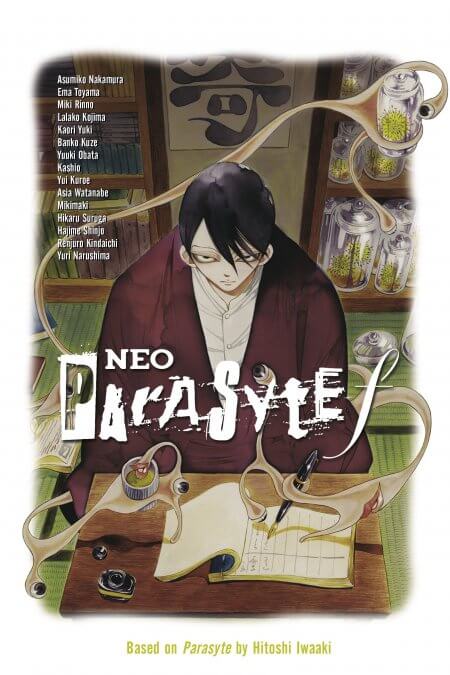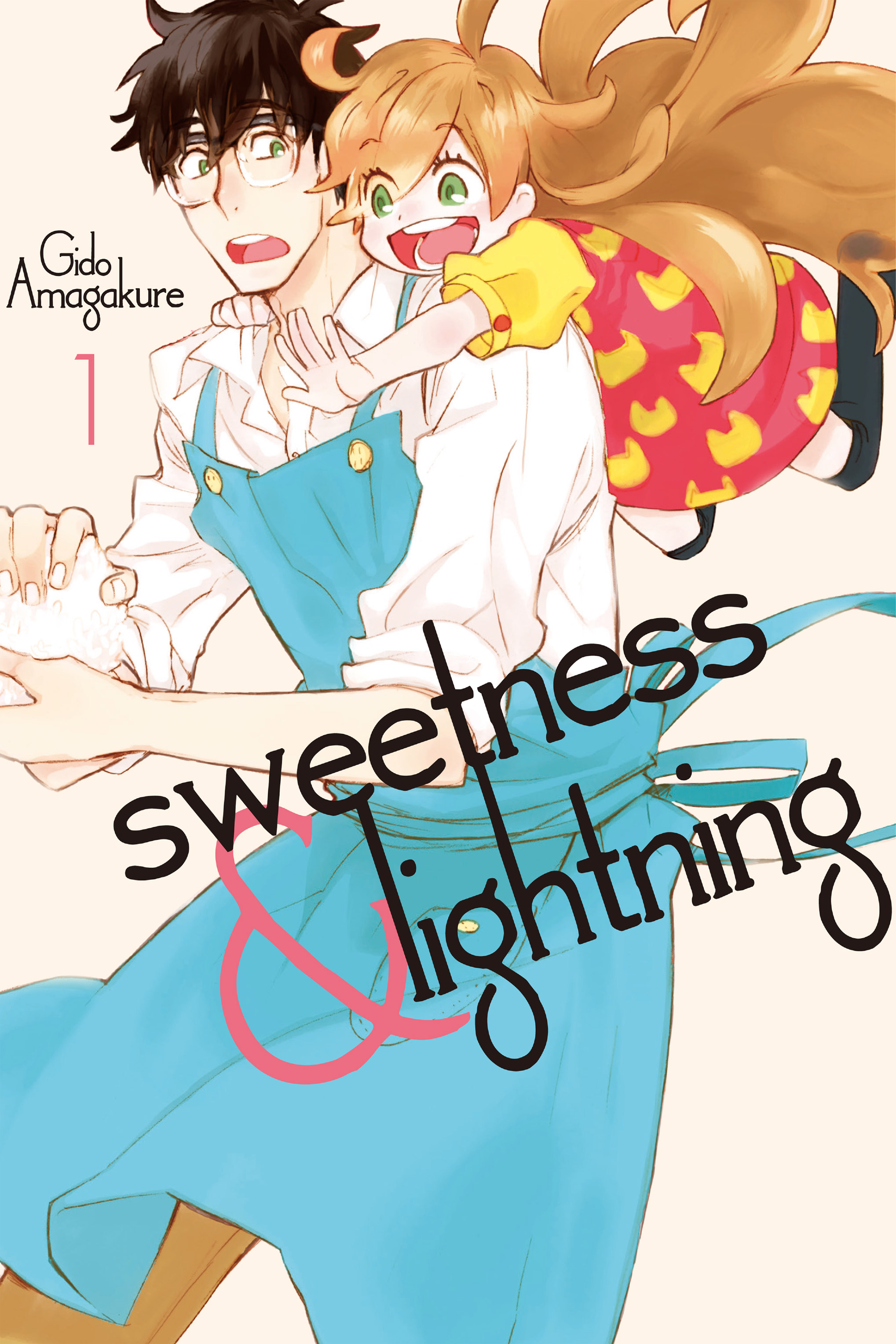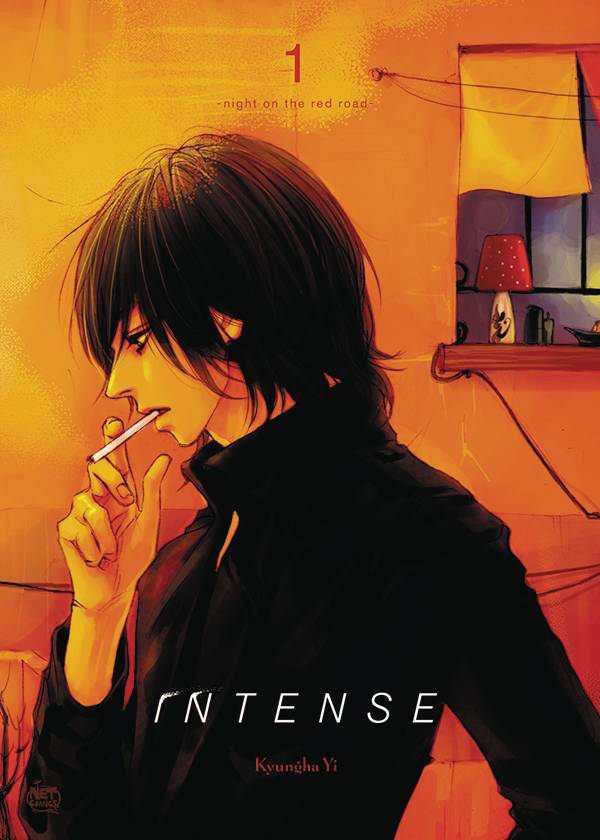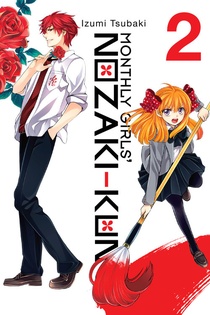My News and Reviews Last week at Experiments in Manga the winner of the Sweetness & Lightning manga giveaway was announced. The post also includes a list of some of the manga available in …
Continue Reading about My Week in Manga: October 31-November 6, 2016 →




